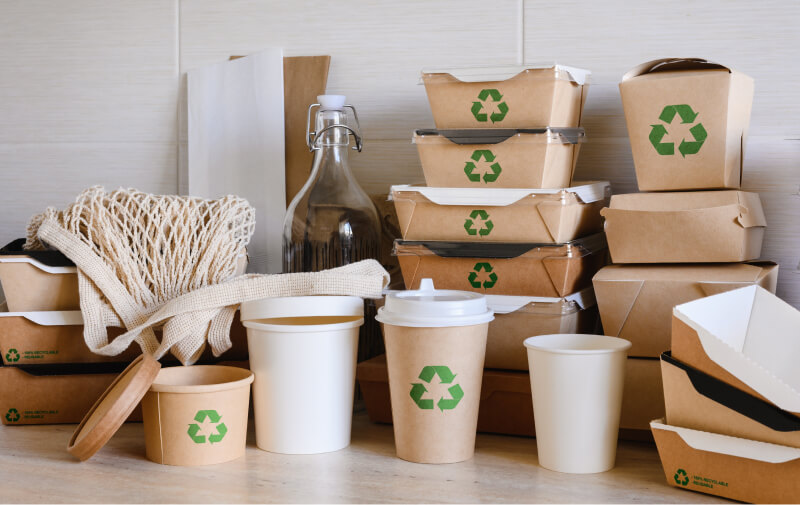Sachet Packaging Market Price Trends & Raw Material Cost Analysis
The global sachet packaging market is projected to grow from an estimated USD 9.8 billion in 2025 to USD 16.9 billion by 2035, reflecting a stable Compound Annual Growth Rate (CAGR) of 5.6%. This consistent expansion is a result of the rising demand for compact, affordable, and portion-controlled packaging solutions, particularly in emerging economies.
Increasing urbanization, busy lifestyles, and a preference for on-the-go products are making sachet packaging an ideal choice for both consumers and manufacturers. Sachets are especially popular in developing regions like India and China, where their low cost and single-serve format align with the spending patterns of middle and lower-income populations. The market's growth is further bolstered by its use in promotional activities, allowing companies to offer trial packs and samples for new product launches at a low cost.
To Gain More Insights about this Research, Visit! https://www.futuremarketinsigh....ts.com/reports/sache
Key Market Drivers and Innovations
The sachet packaging market is evolving through a combination of consumer trends and technological advancements:
• Broad Industry Adoption: Sachets are being adopted across a wide range of industries, including food, beverages, personal care, and pharmaceuticals. They provide hygienic, measured doses of products, extend shelf life, and are easy to store and transport, thereby reducing logistics costs for manufacturers.
• Sustainability and Regulatory Compliance: Environmental concerns are pushing manufacturers to innovate with recyclable and biodegradable materials to meet consumer demand and comply with strict regulations in regions like the EU, the U.S., and Germany. The German VerpackG Packaging Act, for example, enforces recycling targets and extended producer responsibility.
• Smart Packaging: Leading manufacturers are integrating technologies like AI, machine learning, and IoT into their operations. Companies such as Amcor plc, ProAmpac, and Constantia Flexibles are at the forefront, using smart solutions to improve efficiency, ensure packaging integrity, and enhance consumer engagement through scannable QR codes and intelligent labeling for traceability.
Dominant Segments and Regional Growth
In terms of materials, plastic is anticipated to remain the dominant choice, projected to hold a 73.40% market share by 2035. Its versatility, durability, and excellent barrier properties make it the preferred material for sachets, particularly for single-use, travel, and trial packs.
The food & beverages sector is set to lead the market in end-use formats, capturing a 46.7% market share by 2035. Sachet packaging’s ability to ensure freshness and provide a convenient, portable experience makes it an ideal solution for a variety of food and drink products.
Geographically, the market is experiencing strong growth in key countries:
• India is forecasted to have a leading 5.7% CAGR through 2035, driven by the agricultural sector’s demand for small-dose fertilizers and seeds packaging.
• China is projected to grow at a 5.0% CAGR, fueled by urbanization and the convenience-driven preferences of its large population.
• In Europe, Spain is expected to lead with a 3.3% CAGR as consumers increasingly favor convenient packaging in the fast-moving consumer goods (FMCG) sector.
Request Your Sample and Stay Ahead with Our Insightful Report! https://www.futuremarketinsigh....ts.com/reports/sampl
Competitive Landscape and Outlook
While the market's growth is robust, it faces a challenge from alternative packaging solutions like multi-chambered bags and resalable formats, which may be perceived as more sustainable or user-friendly.
Me gusta
Comentario
Compartir












